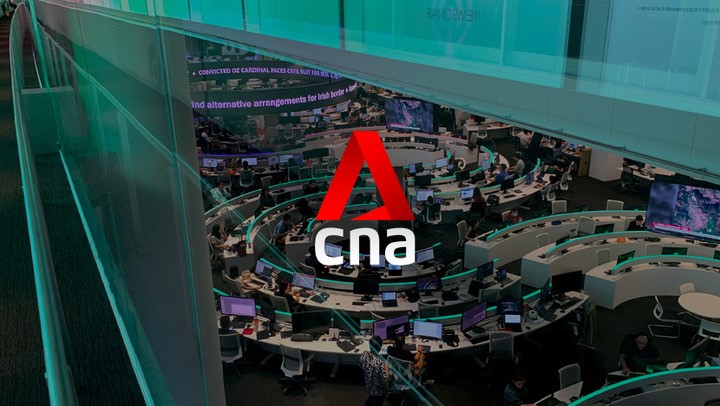LAS CRUCES, N.M. (AP) — Richard Branson, the British billionaire, was set to board his Virgin Galactic passenger rocket plane on Sunday and fly more than 50 miles above the New Mexico desert in the vehicle’s first fully crewed test journey to the edge of space. Branson, who is one of six Virgin Galactic Holdings Inc personnel on board, has hailed the voyage as a forerunner to a new era of space travel, with his business set to begin commercial operations next year.
It is not a low-cost travel service. However, demand appears to be high, since several hundred wealthy would-be citizen astronauts have already reserved tickets, which cost around $250,000 each. According to UBS, a Swiss investment bank, the industry for space tourism might be worth US$3 billion per year by 2030. Given the inherent dangers of spaceflight, demonstrating that rocket travel is safe for the general public is critical. During a test flight over California’s Mojave Desert in 2014, a previous prototype of the Virgin Galactic rocket jet crashed, killing one pilot and critically wounding another.
Branson’s participation in Sunday’s voyage, which was revealed little over a week ago, fits with his image as a reckless entrepreneur whose Virgin brands – from airlines to music labels – have long been connected with ocean-crossing adventures in sailboats and hot-air balloons.
In what has become known as the “billionaire space race,” his ride-along also outperforms rival astro-tourism enterprise Blue Origin and its creator, Amazon tycoon Jeff Bezos. Later this month, Bezos plans to ride aboard his own suborbital rocketship, the New Shepard. Branson, who is approaching his 71st birthday, has stated that he and Bezos are friendly rivals rather than competitors in a race to the moon. After successfully launching multiple cargo payloads and passengers to the International Space Station for NASA, a third player, Elon Musk’s SpaceX, prepares to launch its first all-civilian crew (without Musk) into orbit in September.
Virgin Galactic’s VSS Unity rocket plane will launch on Sunday, marking the company’s 22nd SpaceShipTwo test flight and fourth crewed voyage beyond Earth’s atmosphere. It will, however, be the first to transport a full complement of space tourists, including two pilots and four “mission specialists,” including Branson. The glittering white spaceplane will take off from Spaceport America near the aptly called New Mexico town of Truth or Consequences at around 0900 ET (1300 GMT) on Sunday, weather permitting, linked to the underbelly of the twin-fuselage carrier jet VMS Eve – named after Branson’s mother. A substantial portion of that complex, located about 75 miles (120 kilometers) north of Las Cruces, is home to Virgin Galactic. Unity’s pilots will ignite its rocket engine as the spaceplane separates from the carrier jet at a height of 50,000 feet, sending the spaceplane streaking in a near-vertical climb to the blackness of space some 55 miles aloft, where the crew will experience about 4 minutes of microgravity. The vehicle’s engine will then be turned off, and the vessel will be put into re-entry mode, gliding down to the spaceport’s runway. From takeoff to landing, the flight should take roughly 90 minutes. According to Virgin’s publicity materials, Branson’s official task is to “review the private astronaut experience,” and his views will be used to “improve the adventure for all future astronaut customers.” Dave Mackay and Michael Masucci, the spaceplane’s two pilots, will handle the ship’s rocket engine firing and shutoff, as well as the vehicle’s “feathered” tail maneuver for re-entry. Beth Moses, the company’s principal astronaut instructor; Colin Bennett, Virgin Galactic’s senior operations engineer; and Sirisha Bandla, a research operations and government affairs vice president, are the three other mission specialists. Virgin intends two more test flights of the spaceplane before launching commercial service in 2022, assuming the mission goes well. (Steve Gorman contributed reporting, and Daniel Wallis edited the piece.)/n


